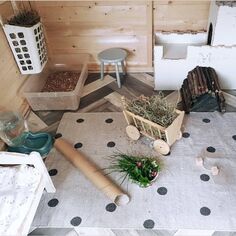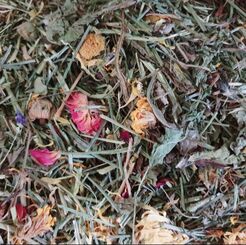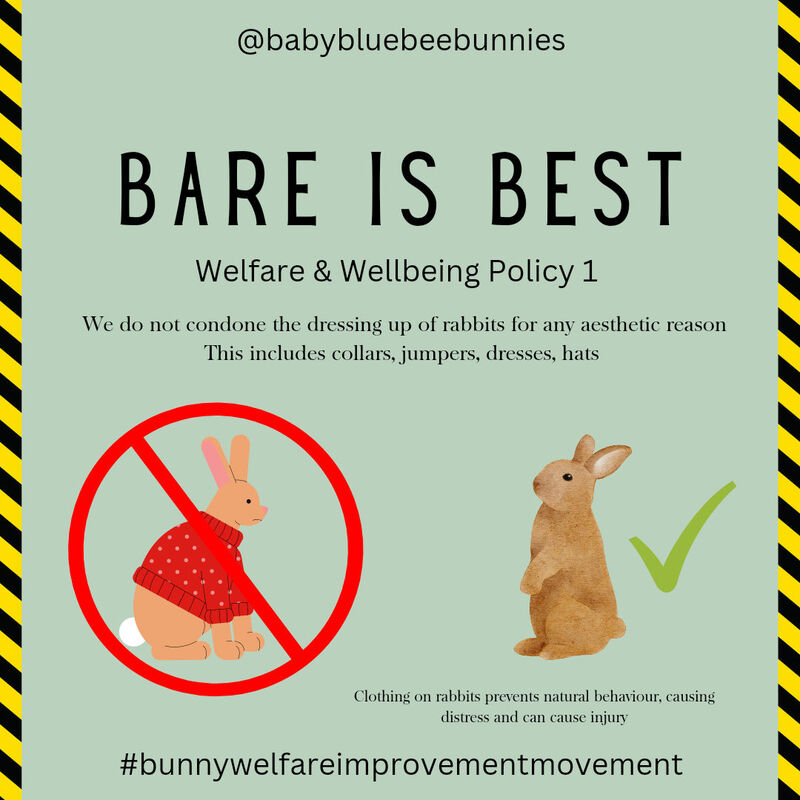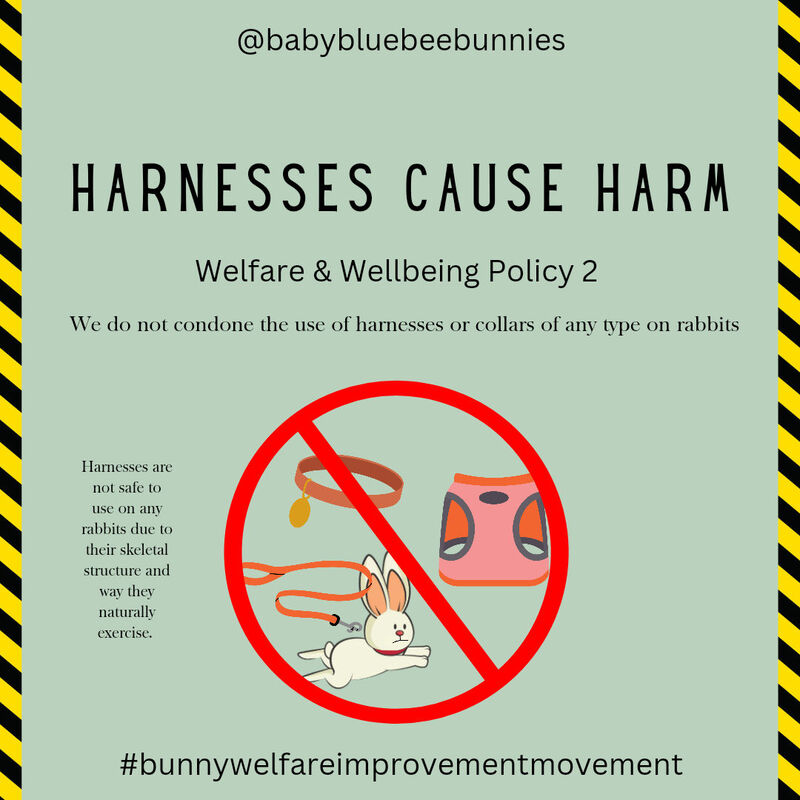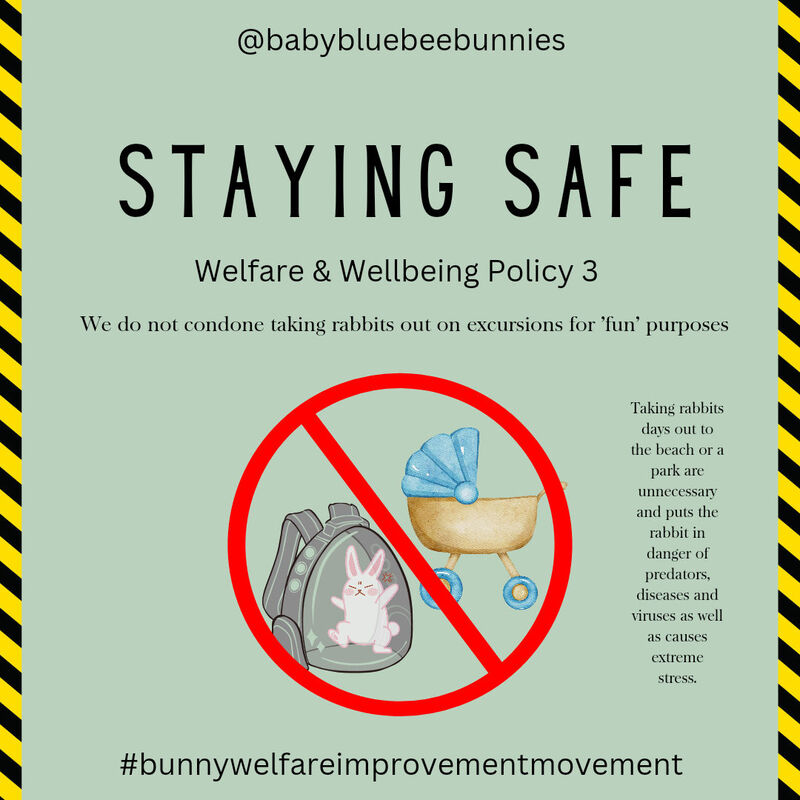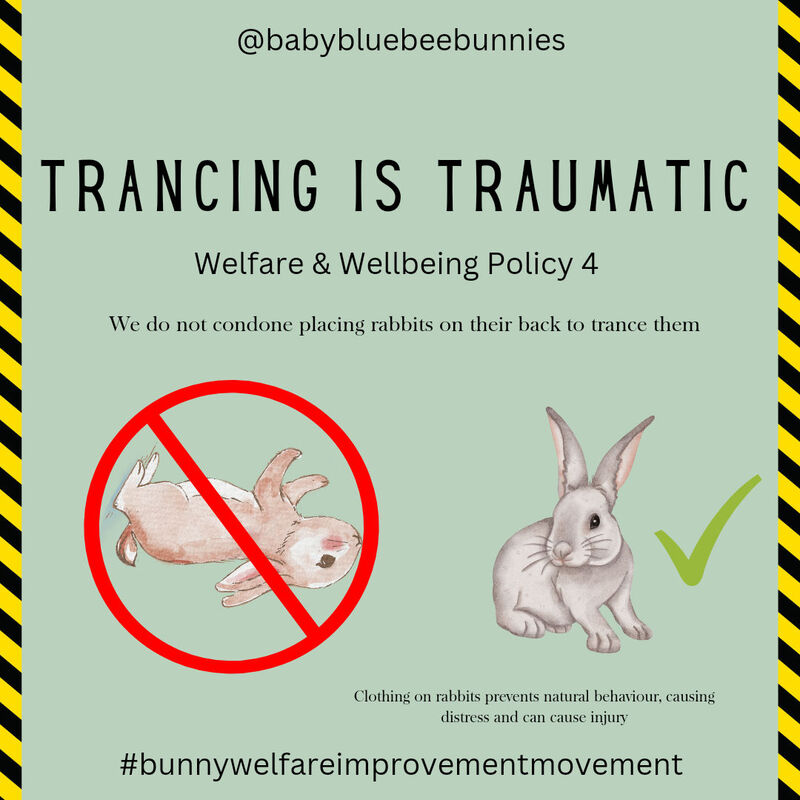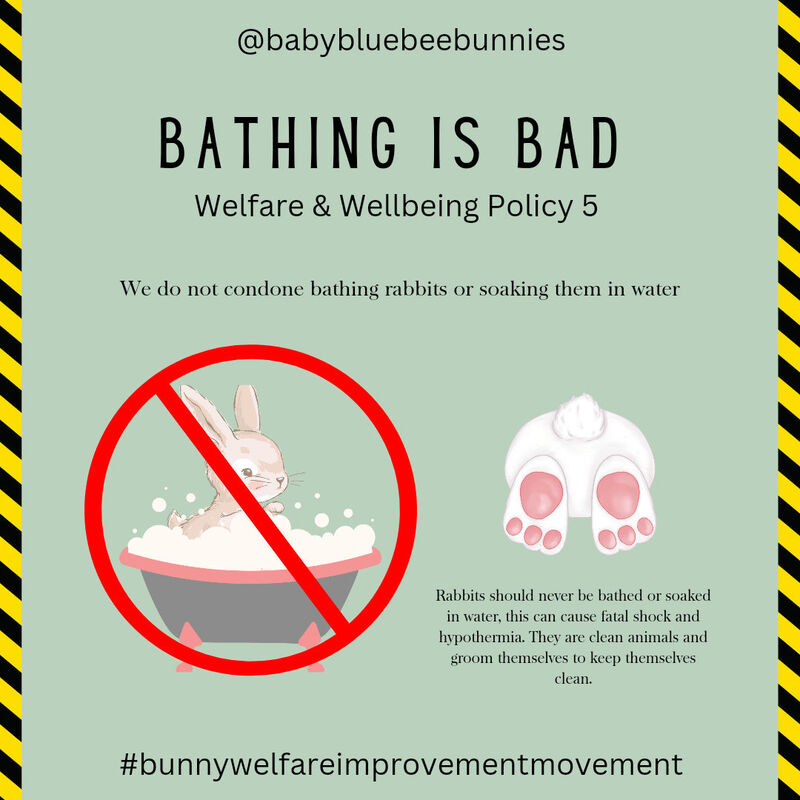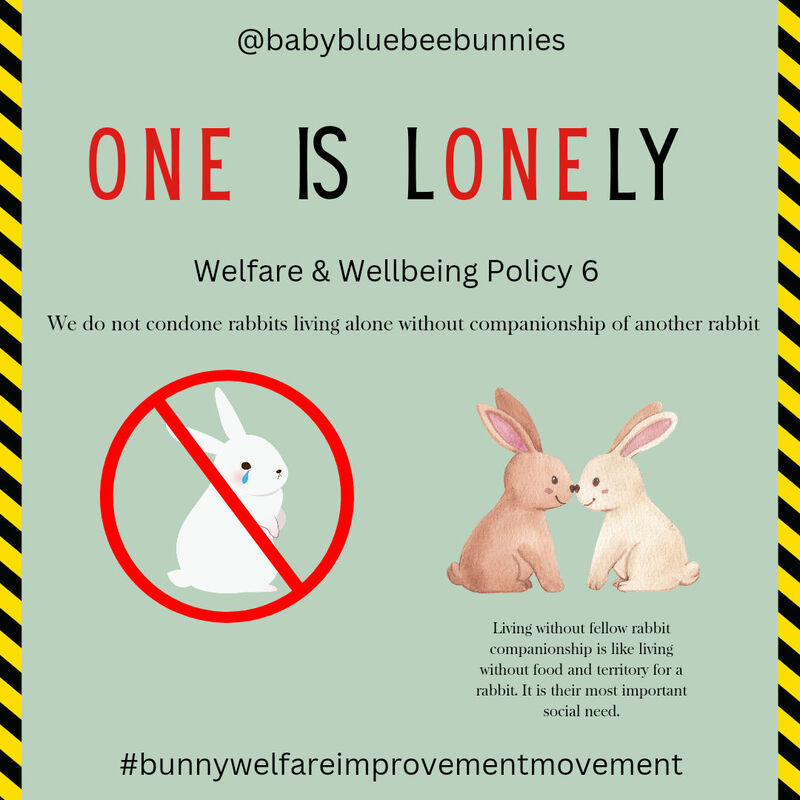What do rabbits need?
The Scottish government legislation for rabbit welfare imposes the need for all rabbits to have all 5 of their essential welfare needs met. These include:
- Environment - the need for a suitable environment and place to live.
- Diet - the need for a suitable diet.
- Behaviour - the need to express normal behaviour.
- Companionship - the need to consider your pet’s social needs.
- Vet care - The need to be protected from pain, suffering, injury and disease.
Learn an abundance about rabbit care with our free blog articles and educational videos and resources on our Instagram page!
Welfare & Wellbeing Policies
Rabbits are sentient beings that require a gentle approach, as a prey herd species they are fragile and susceptible to many health issues and will often tolerate abuse due to their nature which can be traumatic and lead to learned helplessness.
Click each photo to learn about each of our welfare & wellbeing policies.
Click each photo to learn about each of our welfare & wellbeing policies.
Copyright © 2022 Baby Blue Bee Bunnies - All Rights Reserved.
LICENSE NUMBER: 483437
LICENSE NUMBER: 483437
Find us on Social Media

